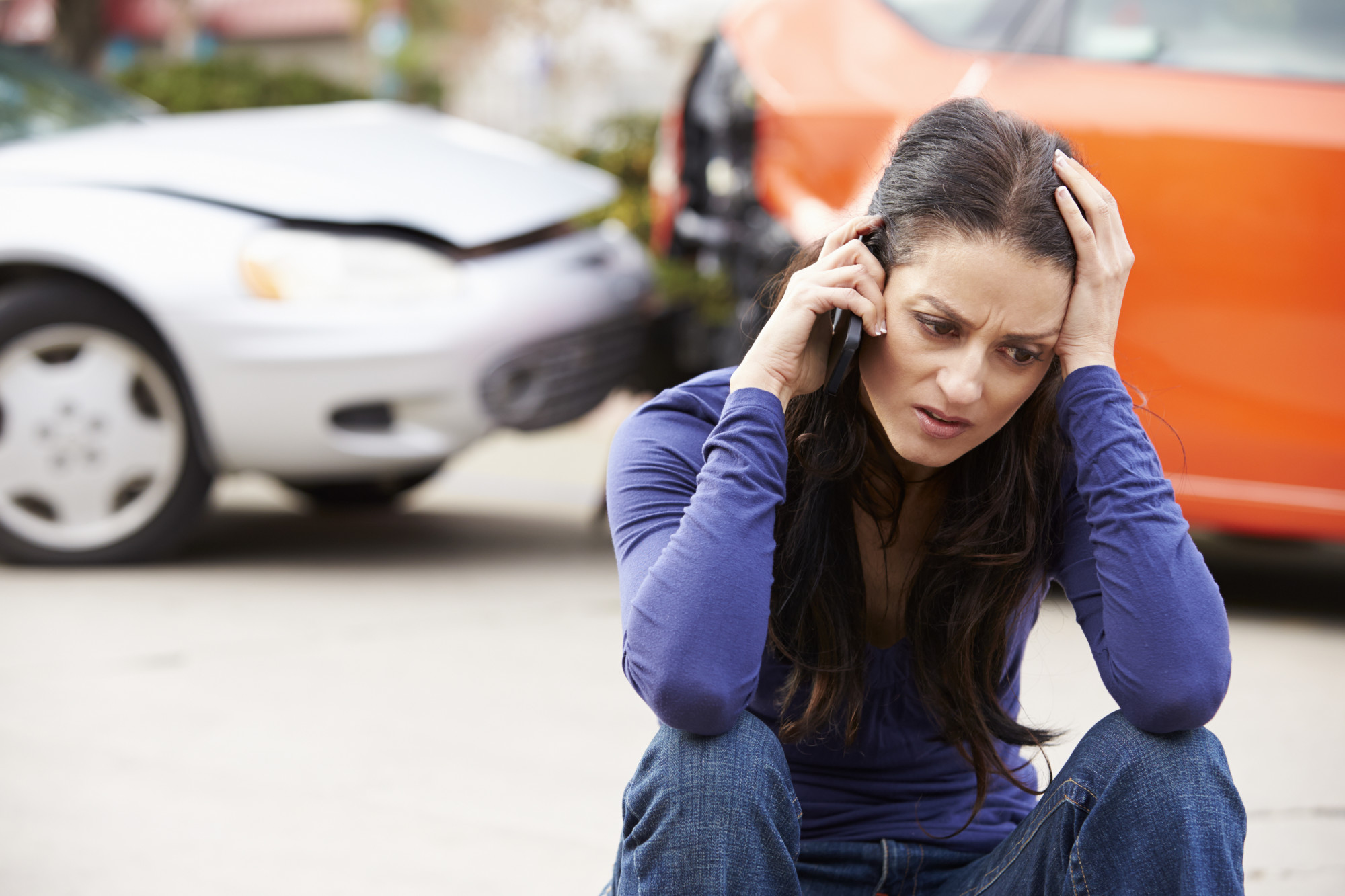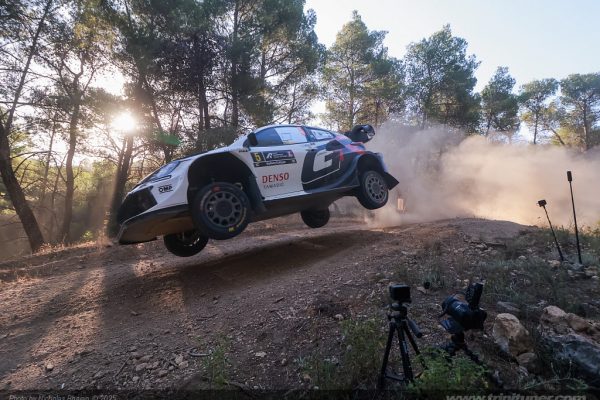Fender benders and rear-end collisions are among the most common types of car accidents, often occurring in heavy traffic, at stoplights, or in parking lots. While these accidents are typically considered minor, they can still result in injuries, property damage, and complicated questions about liability. Establishing fault in these incidents is crucial for ensuring that the responsible party is held accountable for damages and that the injured party can seek compensation.
When establishing fault in a fender bender or rear-end collision, it is crucial to consider a range of factors. These include analyzing the actions of the drivers involved, assessing the prevailing road conditions at the time of the incident, and determining how applicable traffic laws may have contributed to the collision.
Understanding Rear-End Collisions and Presumed Fault
In rear-end collisions, the driver in the back is typically presumed to be at fault. This presumption exists because drivers are expected to maintain a safe following distance to avoid hitting the vehicle in front of them, even in cases of sudden stops. If the rear driver fails to stop in time, they are usually liable for the accident.
However, this presumption of fault is not absolute. There are situations where the front driver may share or even bear full responsibility for the collision. For instance, if the front driver made an abrupt lane change without signaling, braked suddenly for no apparent reason, or had faulty brake lights, their actions could have contributed to the accident. In such cases, liability may be shared between both drivers.

Proving Liability in a Fender Bender
Fender benders, especially in parking lots or low-speed areas, can present challenges in proving fault. These accidents often occur during slow maneuvers, such as backing out of parking spaces or merging into traffic. Determining fault in fender benders depends on the specific circumstances, including which driver had the right of way.
To establish liability in a fender bender, it’s important to gather evidence, such as photos of the damage, witness statements, and any available security camera footage. In cases where both drivers claim the other was at fault, this evidence can help clarify the events leading up to the accident and demonstrate which driver acted negligently.
Factors That Influence Fault in Rear-End Collisions
While rear-end collisions usually place fault on the rear driver, there are exceptions where fault can be shared or shifted. Key factors that influence fault include:
- Sudden Stops: If the front driver stopped suddenly and without warning, it may contribute to the cause of the accident. However, the rear driver is still expected to maintain a safe distance.
- Distracted Driving: If the rear driver was distracted (e.g., texting or not paying attention), they will likely be found at fault for failing to stop.
- Mechanical Failures: Mechanical issues, such as brake failure, can sometimes be a factor in rear-end collisions. Neglecting a car’s maintenance may influence the determination of fault.
Ultimately, proving liability depends on the actions of both drivers and any contributing factors, such as road conditions or vehicle maintenance.
The Role of Comparative Negligence in Establishing Fault
In some jurisdictions, comparative negligence laws allow for both drivers to share fault in an accident. This means that if both parties contributed to the collision, their level of liability will be assessed as a percentage. For example, if one driver is found to be 70% at fault and the other 30%, compensation for damages will be adjusted accordingly.
Comparative negligence is especially relevant in fender benders and rear-end collisions where both drivers may have contributed to the accident. This approach ensures that fault is allocated fairly based on the actions of each driver, rather than placing total blame on one party.
Gathering Evidence to Prove Fault
In any accident, gathering evidence is crucial to proving fault and establishing liability. After a fender bender or rear-end collision, drivers should take the following steps to document the scene:
- Photographs: Take photos of the vehicles, their positions, and any visible damage. Documenting the location of the accident, road conditions, and any skid marks or debris can also help clarify the cause of the accident.
- Witness Statements: If there are any witnesses to the accident, collect their contact information and ask for their account of what happened. Witness statements can be valuable in supporting your version of events.
- Police Reports: In some cases, law enforcement will file a report, especially if there are injuries or significant property damage. A police report can provide an official account of the accident and may help in proving liability.
This evidence will be essential for insurance claims and any potential legal actions that may arise from the accident.
Legal Support for Establishing Fault
While fender benders and rear-end collisions may seem straightforward, proving liability can sometimes be more complex. If the at-fault driver disputes their responsibility or if there are complications regarding shared fault, it may be necessary to seek legal support. To build a strong case, an experienced Austin car accident attorney at De La Garza Law can help gather additional evidence, such as traffic camera footage or expert testimony.
An attorney can also handle negotiations with insurance companies, ensuring that you receive fair compensation for damages, medical bills, and lost wages. Whether you’re the victim of a rear-end collision or involved in a disputed fender bender, having legal representation can protect your rights and help prove liability.

Filing a Personal Injury Claim After a Fender Bender or Rear-End Collision
Even seemingly minor accidents like fender benders or rear-end collisions can result in injuries such as whiplash, concussions, or back pain. If you’ve been injured in an accident caused by another driver’s negligence, you may be entitled to file a personal injury claim to seek compensation for medical expenses, lost wages, and pain and suffering.
Working with a personal injury attorney can ensure that your claim is properly handled, and you receive the compensation you deserve. They will help you gather the necessary documentation, prove the extent of your injuries, and navigate the legal process to achieve a fair settlement or judgment.

















